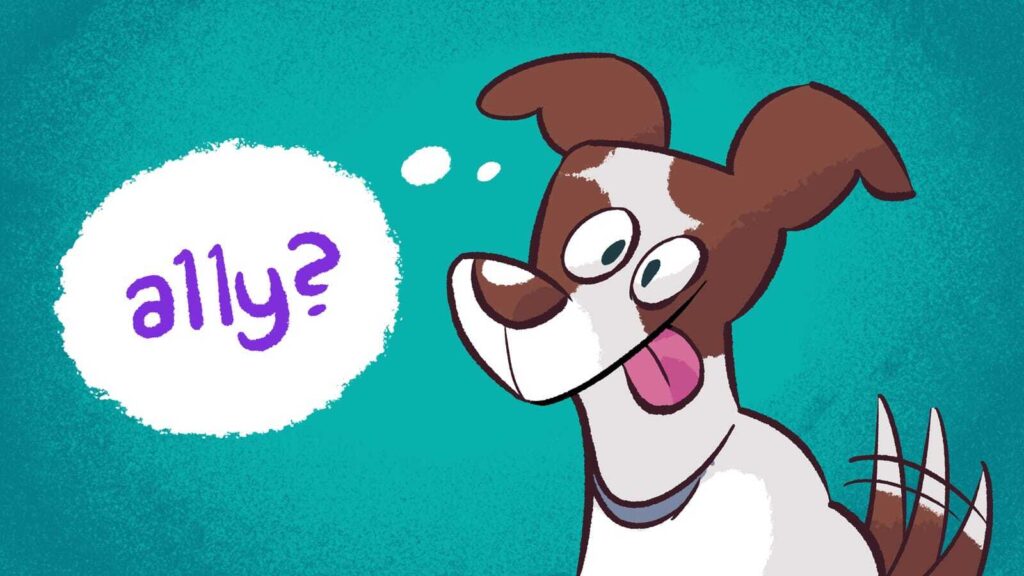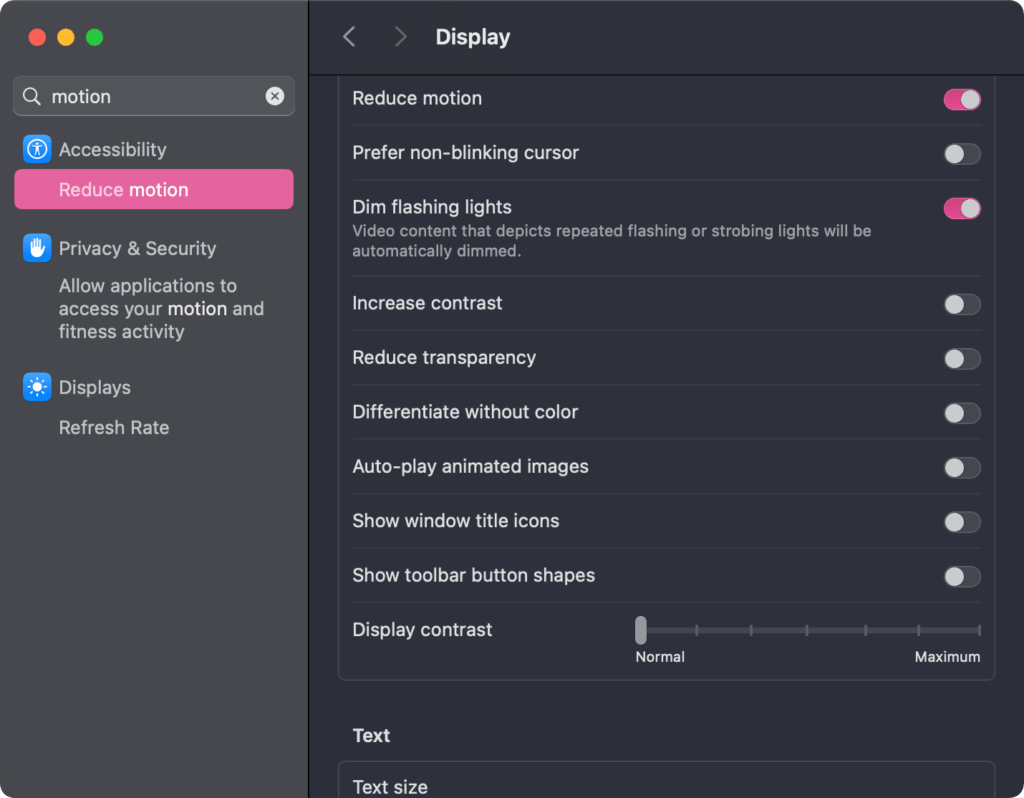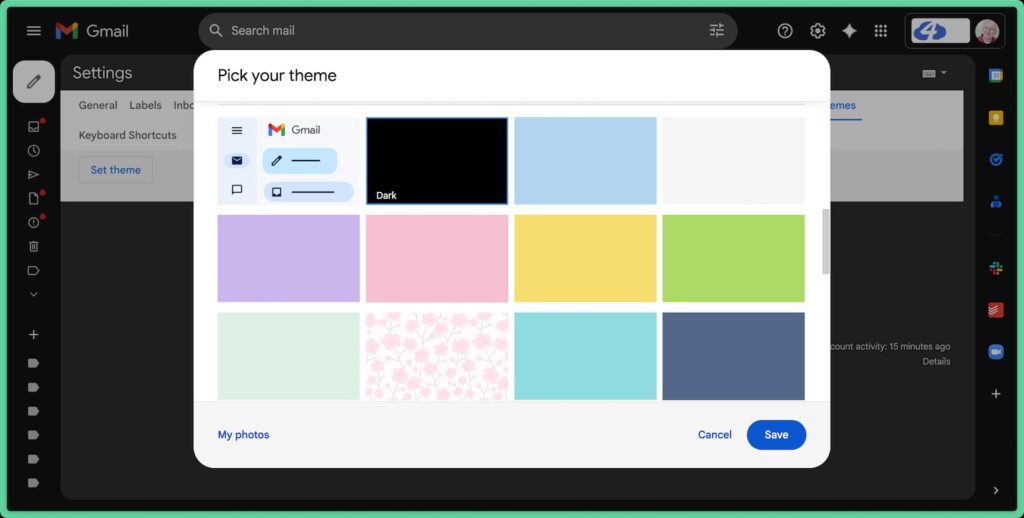
“Ouch! WTF was that Coco?”
It was Easter morning. I was bent over wiping Sophie’s feet. Sophie is my mom’s one-year-old cocker spaniel. We were dog sitting, and Coco, our husky pitbull mutt, was thrilled. In her excitement, Coco whipped around and headbutted me.
I yelled loud enough that our oldest came running to see what happened. I told them I was fine. I’d have a lump on my head or a black eye, but I was okay.
Or I so thought until the world started spinning. I sat down on the couch in hopes things would stabilize. I tried to look at my phone to figure out if I could take Tylenol or Ibuprofen. The screen was blurry and made me feel sick.
At urgent care later, the doctor confirmed what we already suspected. Coco had given me a concussion.
A dark room with no screens
The doctor’s prescription was simple. Give your brain a rest from all stimulus for three to four days. Assuming your concussion isn’t dangerous—and mine wasn’t—that means stay in a dark room with no screens.
While I lay in bed with blackout curtains closed and a mask over my eyes, I learned to appreciate some features of our HomePod Mini that I had never used before:
- If I asked Siri to text someone, the HomePod would ping when they replied and I could ask to have the message read aloud.
- Siri could call someone through the HomePod speaker.
These aren’t earth-shattering features, but they helped me feel connected when I couldn’t use screens or ear buds.
My new favorite accessibility features
When I felt well enough to try working again, I found it necessary to make several changes to my computer.
Reduce motion is your friend
Animation and motion would cause pain in my temple. This persisted for weeks after the concussion. I once had to leave a local meetup early because the presenter used animated gifs in their presentation, and it triggered concussion symptoms.

I have since returned to normal motion on my iPhone, but I still have reduced motion set on my desktop machine. Too much movement on a larger screen can still be overwhelming. I’ve also turned off auto-play of animated images wherever possible.
Dark mode isn’t only a fad
I’ll admit that I’ve been pretty dismissive of dark mode. I thought it was something developers came up with because they like working in the dark.
But even though dark mode isn’t included in accessibility settings, I now think of it as one. Bright lights were too much for me and dark mode helped. It has moved up my priority list for the next version of our own site.
As an aside, Gmail has a dark theme, but it doesn’t turn on automatically when someone has prefers-color-scheme set to dark. That seems silly to me. The hard part is developing a dark version of your app or site. Once you have one, don’t make people search around for it.

You can use Night Shift mode during the day
Apple’s Night Shift mode shifts the color of a display to be warmer in the evening because “studies have shown that exposure to bright blue light in the evening can affect your circadian rhythms and make it harder to fall asleep.”
The slightly warmer colors in Night Mode were easier for my brain to process after the concussion. I left it on all the time.
Accessibility is for everyone
My concussion gave me a greater appreciation for the accessibility features that operating systems and browsers have built. If you worked on those features, I want to thank you for everything you do. If you built your website to honor prefers-reduced-motion and dark mode, I want you to know that your work made a difference to me.
It’s a misnomer to think that accessibility is only for people with permanent conditions. I like the way Maria Town, president of the American Association of People with Disabilities, talked about this reality in an interview with Advocate magazine:
Everyone will become disabled if they’re lucky enough. Aging is a privilege. Far too few of us get the opportunity to live to be a ripe old age. And if you do get the opportunity, you will likely become disabled.
This is our reality. Whether it is a temporary injury, a permanent condition, old age, or a literal boneheaded dog giving you a concussion, you will need accessibility features at some point in your life.
So let’s recommit to supporting accessibility in our own work not only to support those who need it now, but also because it is in our own self-interest. You never know when you may suddenly find yourself needing accessibility features.
P.S. Coco was fine. She has a hard head.
We’re Cloud Four
We solve complex responsive web design and development challenges for ecommerce, healthcare, fashion, B2B, SaaS, and nonprofit organizations.